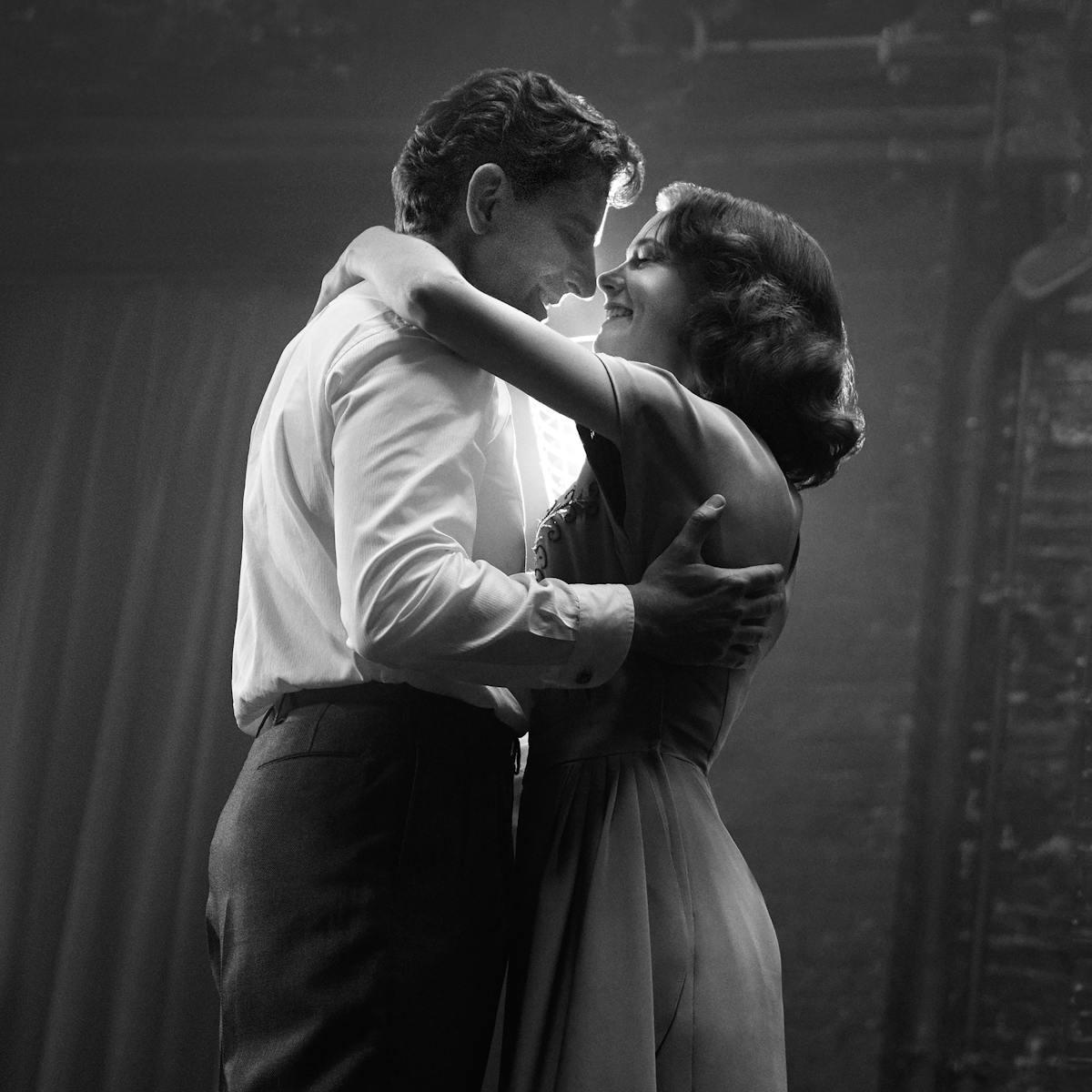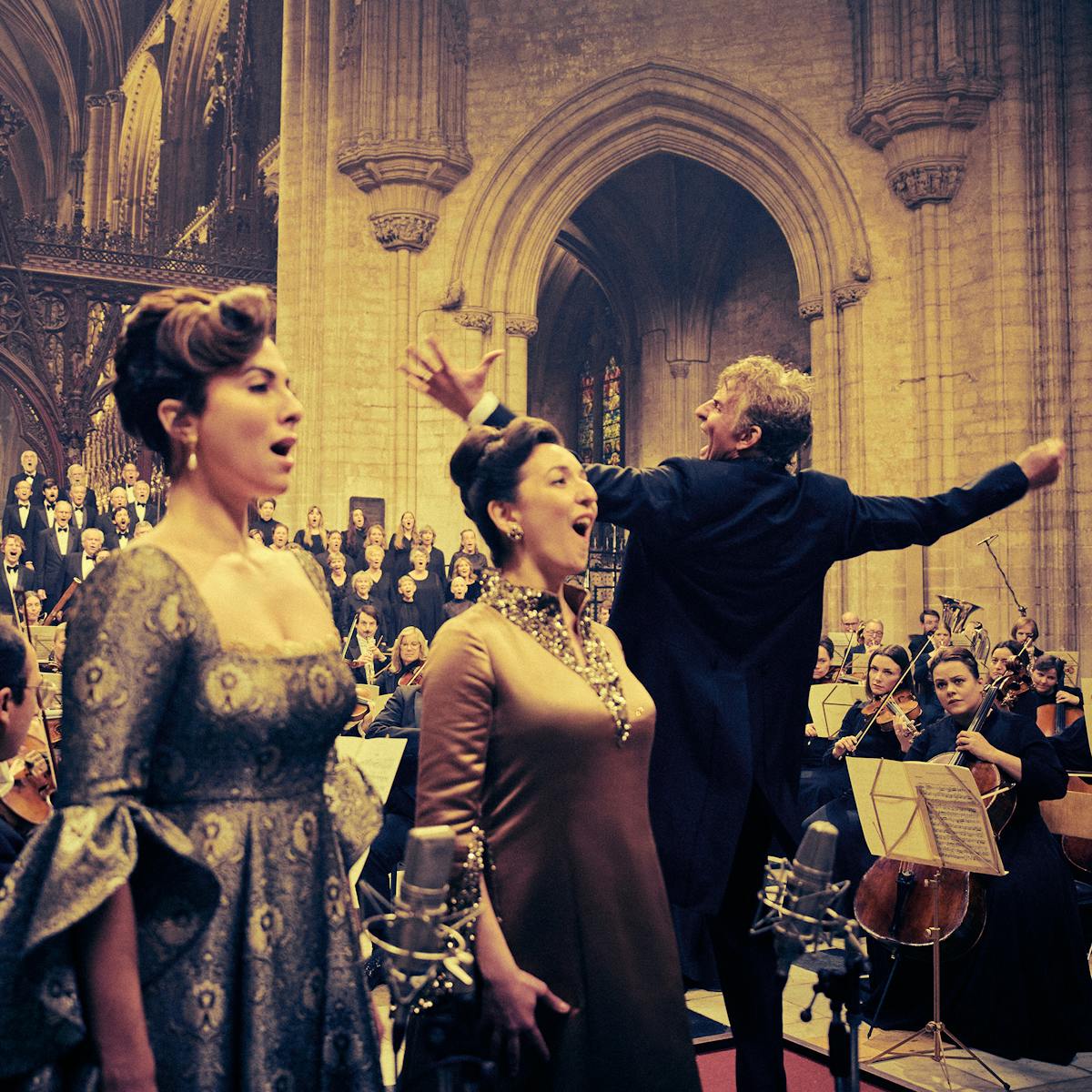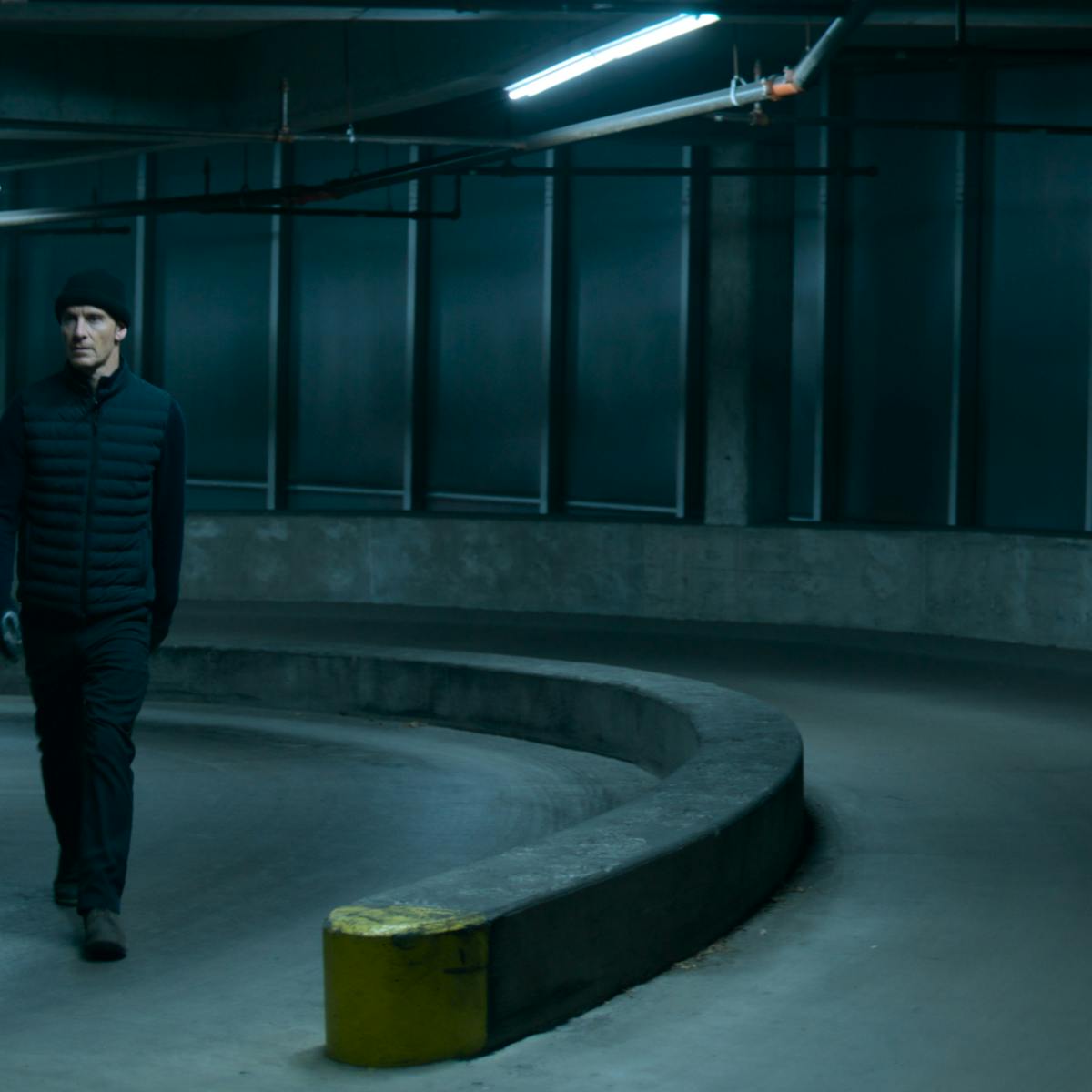Director Bradley Cooper tells the epic love story of composer and conductor Leonard Bernstein and artist Felicia Montealegre Cohn Bernstein for the first time. Starring Cooper and Carey Mulligan as the magnetic couple, Maestro swells with the passion of Leonard’s orchestras thanks to the work of these talented below-the-line craftspeople.
PROSTHETIC MAKEUP
Kazu Hiro
When prosthetic makeup artist Kazu Hiro was just a teenager, he became fascinated by Leonard Bernstein. Hiro saw the composer on a television program and found that “his life and personality reflect through his face. I was very inspired by it.” Some three decades later, and with an impressive career in special makeup effects and visual arts, Hiro finally had his opportunity to recreate the formative figure.
Known for his Academy Award-winning prosthetic makeup work on 2017’s Darkest Hour — for which he transformed Gary Oldman into British Prime Minister Winston Churchill — and 2019’s Bombshell — in which John Lithgow became FOX News C.E.O. Roger Ailes — Hiro was the perfect choice to make Bradley Cooper into a recognizable public figure. “This is a dream job because it’s very rare for a film to go to the extent of following an entire life with the likeness of the protagonist,” explains Hiro.

Old Leonard Bernstein (Bradley Cooper)
First, the artist needed to make Cooper younger by doing a prosthetic facelift and developing a more robust look to his face. Later, he aged the actor by applying wrinkles and creating a bodysuit for him to wear to change the overall shape of his physique. Throughout, Hiro also applied prosthetic ears that resembled Leonard’s and a wig with a hairline that changed through the aging process. A designer like Hiro loves a good challenge, and he described his work on Maestro as “the best experience of my whole career,” adding, “It was an amazing life and love story, and we wanted to make it raw and real.”
HAIR & MAKEUP
Kay Georgiou & Sian Grigg
Sian Grigg and Kay Georgiou’s task of designing Felicia Montealegre Cohn Bernstein’s changing looks and many hairstyles over the course of her 27-year relationship with Leonard was made considerably less tedious thanks to the generous collaboration of the Bernstein family. “They provided family photos that I don’t think were on release to the general public,” says Georgiou, the hair department head who studied dozens of reference images before designing the couple’s coifs.
Meanwhile, makeup department head Grigg’s work on The Revenant and Ex Machina had prepared her for the challenge of transforming Carey Mulligan into a Felicia who goes from her twenties into old age in the film. To invoke Felicia’s early years, Grigg employed a special iridescent foundation that glimmered with youth. “If a hard light hit her, she basically looked like she was shining — like a face full of glitter. But when the light was right, her skin looked luminous,” explains Grigg, who worked closely with Matthew Libatique, the film’s cinematographer.
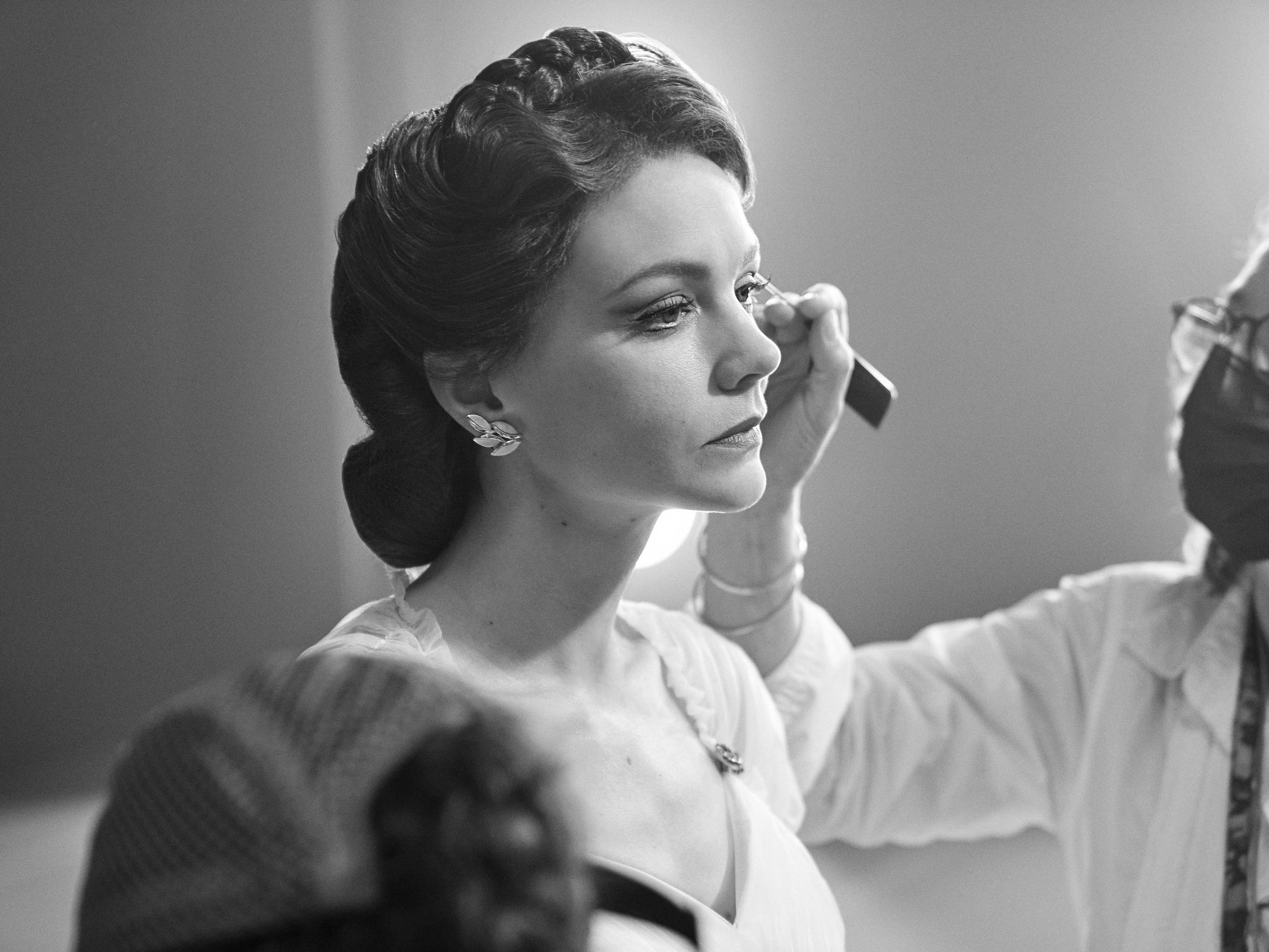
Carey Mulligan behind the scenes
While prosthetics were used on Mulligan to depict Felicia’s later years, most of the character’s changes were conveyed through the artist’s deft use of painting, highlighting, and shading. Says Grigg: “What I was most pleased with when I saw the film was the difference between her in the early 70s and her in the 40s when really, the only difference is what’s painted on her face.” Georgiou found a similar balance between hair and wigs for the star: “The middle part — the majority of the film — is her own hair. There was quite a lot of work involved to make sure that she aged in tune with Lenny. Each change had to complement his.”
SOUND
Sound team Richard King [Sound Designer/Supervising Sound Editor], Jason Ruder [Supervising Music Editor], Tom Ozanich [Re-Recording Mixer], Dean Zupancic [Re-Recording Mixer], and Steve Morrow [Production Sound Mixer] recreate the sound of a musical legend.
Steve Morrow had collaborated with Cooper on A Star Is Born, another film where music factored in as a main character. “The mantra on that [film] was, ‘Everything’s live.’ We want the audience to feel like they’re at the concert, but they’re in the band.” With Maestro, Cooper again wanted to record all the sound live, as it was happening, a much more difficult feat when dealing with an entire orchestra, and at times, singers. Says Morrow, “That was a big challenge because that’s just kind of not done. There’s a lot of nuance in music, and film crews are loud.”
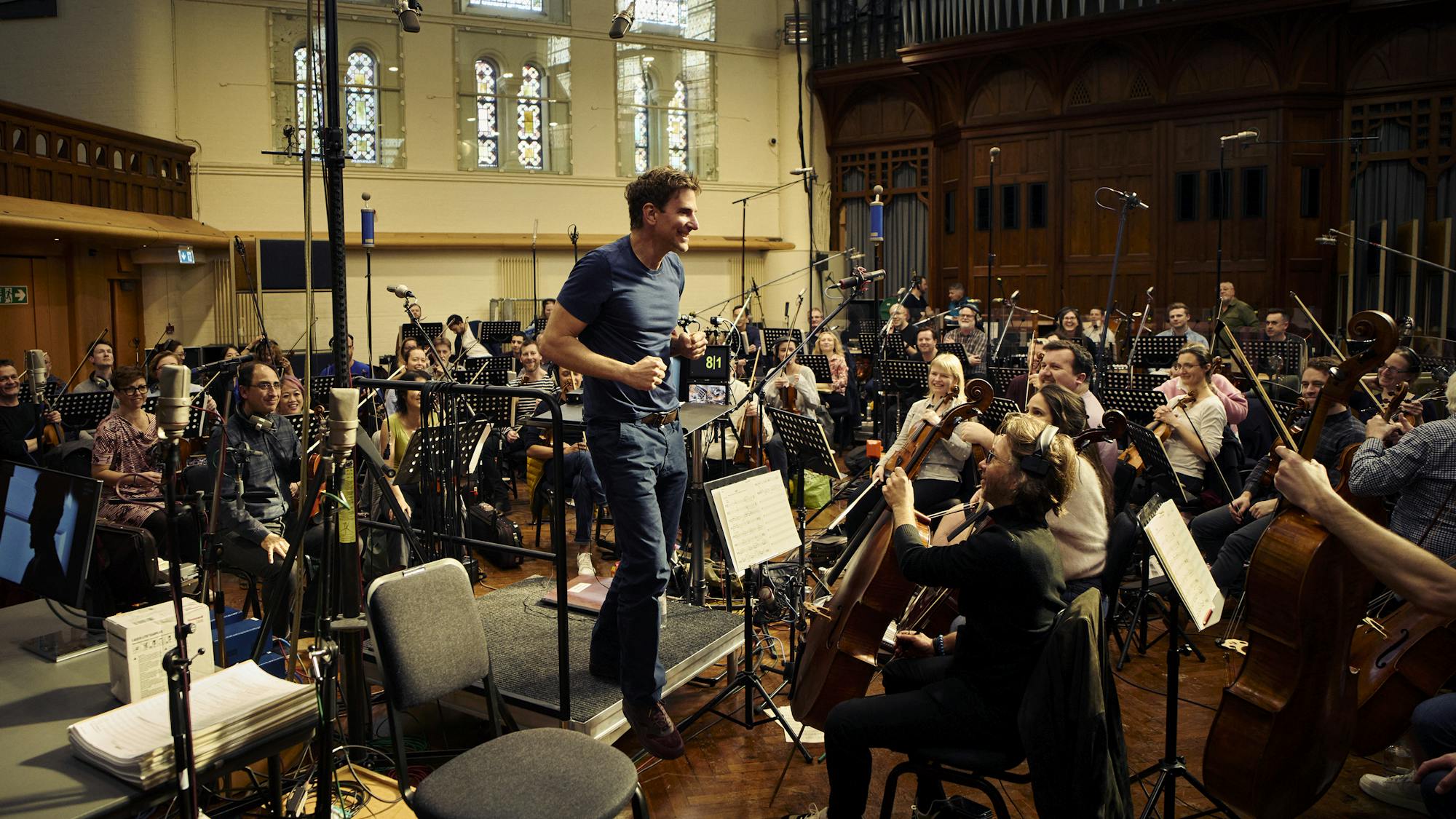
Bradley Cooper behind the scenes
Nevertheless, Morrow — with the cooperation of everyone on set — managed to capture the particular energy of experiencing a live orchestra, especially with a scene of Leonard conducting in Ely Cathedral in the United Kingdom. There he set out 60 microphones so that “you could hear and feel like you’re in the middle of the orchestra, and you can hear specific instruments as you’re getting closer or further away from them.”
Maestro also features rousing parties at the Bernstein family homes in Manhattan and Connecticut, where Morrow used sound to make it feel like viewers were in the midst of real conversation. “We don’t wait for each other to finish [talking] sometimes, and we achieved that in a lot of the parties,” says Morrow. “So that just added to the realism that [Bradley] was trying to get.”
CINEMATOGRAPHY
MATTHEW LIBATIQUE
Known for creating the memorable imagery of Black Swan and Requiem for a Dream, cinematographer Matthew Libatique had his work cut out for him in depicting the sweeping love story of Leonard and Felicia. The cinematographer approached the challenge head-on, working together with his team to create a film that’s visually exciting from its very first moments to its final scene.
Libatique’s previous work with Cooper on A Star Is Born had brought the cinematographer an Academy Award nomination (one of eight nods, including Best Picture, that the film earned), so it was only right that the director and cinematographer reteam to recreate the magic of a love story set in a different time and place.
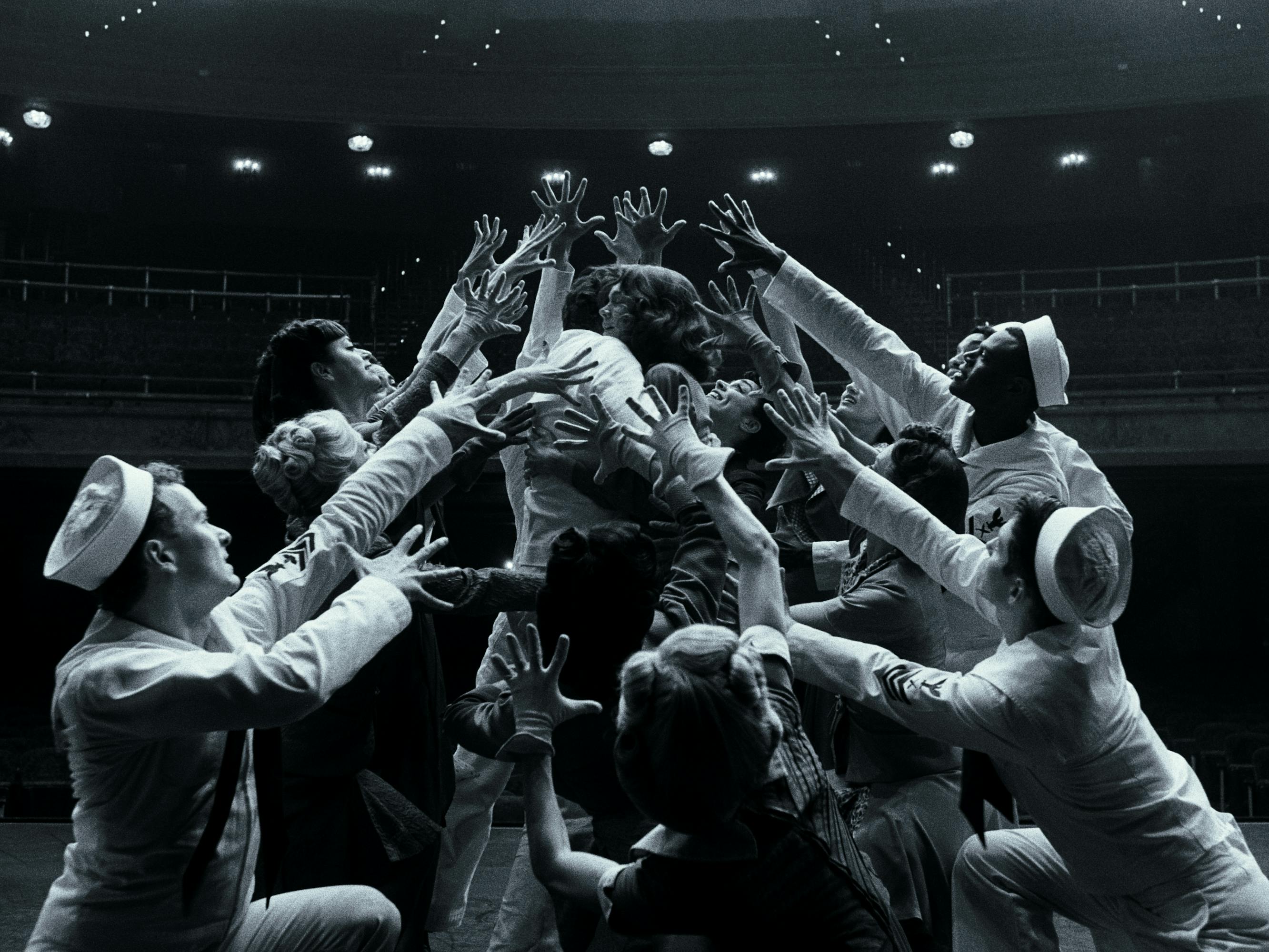
Bradley Cooper and Carey Mulligan
The lauded cinematographer brought his 30 years of experience to bear on Maestro, which includes an ambitious mixture of black-and-white and color photography, as well as a blend of live concert scenes, theatrical interludes, and the backbone of the film: the love story between Felicia and Leonard. Incorporating all these elements into a cohesive visual story required Libatique and Cooper to hone their vision together, and what results is a film at once intimate and overflowing with spectacle.
EDITING
MICHELLE TESORO
The Emmy Award-winning editor of The Queen’s Gambit, Michelle Tesoro, understands the value of planning. Before filming ever began on Maestro, she sat down with Cooper, who “wanted to shoot in black and white and color. He wanted to try what it would be like to cut back and forth between the mediums in different aspect ratios,” remembers the editor.
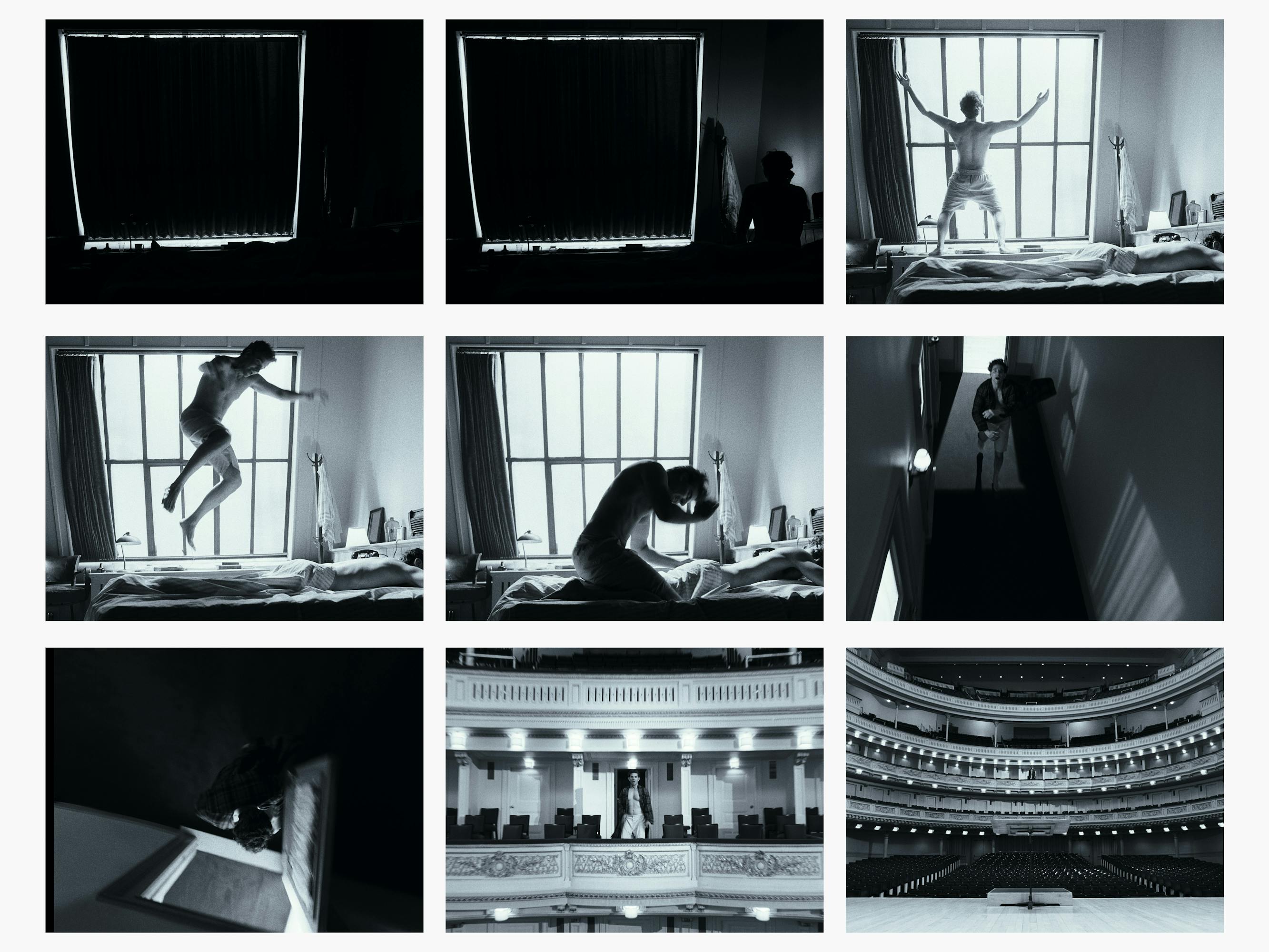
Bradley Cooper
So Tesoro set out to create a 30-minute proof of concept, drawing on her technical savvy to test a variety of aspect ratios to be used in the film. This rough sketch was experimental, but proved helpful in determining how to go about shooting Maestro — it even served as a nearly shot-for-shot template of Leonard’s Carnegie Hall debut in the final edit.
“Bradley is a musical person. All of his rhythms come from that and from his musicality inside,” says Tesoro of her collaborator. “That’s why we get along, editing-wise. Lenny lived a life of celebrity and creativity, and that’s what Bradley lives.”
PRODUCTION DESIGN
KEVIN THOMPSON
Maestro brings viewers into the intimate lives of the Bernstein family, including the family’s residence at famed Manhattan, New York complex The Dakota and their sprawling Fairfield, Connecticut home.
Known for his work on Birdman or (The Unexpected Virtue of Ignorance) and Ad Astra, production designer Kevin Thompson set about creating both of the Bernsteins’ homes with meticulous attention to detail, aiming for something close to re-creation, with a focus on the family’s personal touches. “In the case of the home in Connecticut, that was the actual house,” says Thompson. “It was remarkably close to the way it was when they lived there. It’s almost as though the children had kept it like a museum. We freshened things and made sure that it was for the right period, but the house was really close to what it was.”
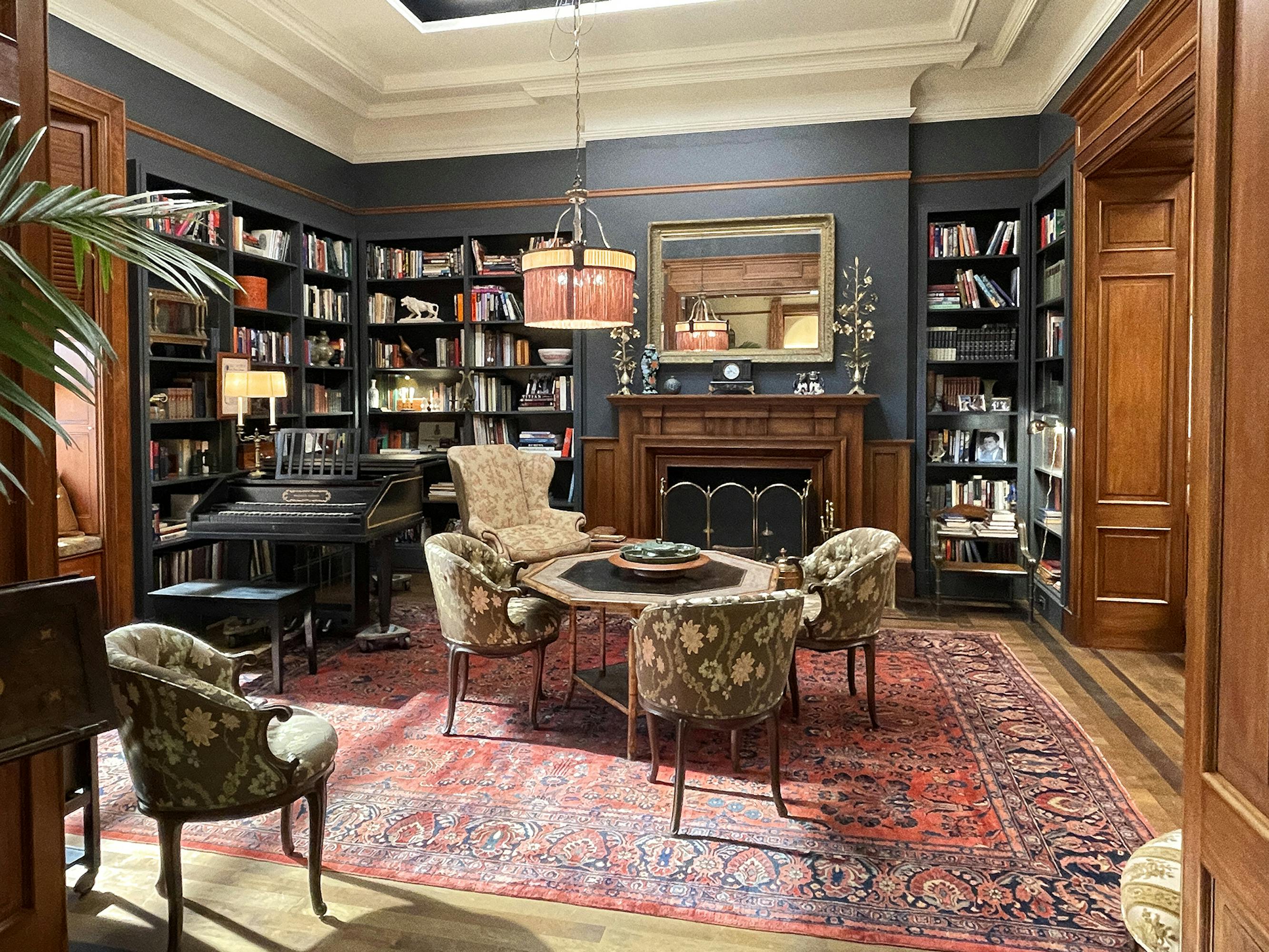
The Dakota residence
The Dakota residence was meticulously re-created on a set after Thompson and his team visited the actual apartment. “The biggest challenge was really re-creating the Dakota apartment because it was so legendary and it was so recognizable,” says Thompson. Was he successful? Jamie Bernstein, one of Leonard and Felicia’s three children, remarked, “We couldn’t believe what a fantastic approximation it was of our apartment. We would’ve easily believed that it was shot there.”
COSTUME DESIGN
MARK BRIDGES
Clothing Cooper as Leonard might seem as straightforward as researching images of the famous composer and re-creating the designs. However, few photos expressing Leonard’s stylistic choices existed, so costume designer Mark Bridges, who’d worked with Cooper on 2012’s Silver Linings Playbook and 2021’s Licorice Pizza, had to undertake what he refers to as “forensic costume design.”
To arrive at Leonard’s look — a shawl-collared velvet dinner jacket with tuxedo pants — for the film’s restaging of the opening night of his epic musical theater work Mass, Bridges had to get creative. “There are not a lot of pictures of Lenny on that night, nor of Felicia. There are a lot of pictures of the production, the Kennedys attending, but not a lot of pictures of them, so we landed on that elegant look.”
Along with correctly executing the family’s looks, Bridges also had to research costumes for the five decades the film spans, a heroic effort that pays off. Bridges and Cooper’s existing shorthand, coupled with Bridges’s extensive experience on period films (The Artist, Phantom Thread) resulted in a wardrobe worthy of Leonard and Felicia.





